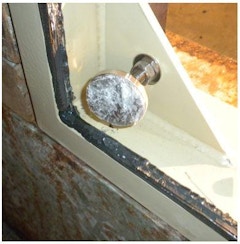
Performance of Compact, Closed Cavity, Double-skin Curtain Wall
A proposed design for a compact, closed cavity, double-skin curtain wall system in the Marine climate of the West Coast raises questions of potential

A proposed design for a compact, closed cavity, double-skin curtain wall system in the Marine climate of the West Coast raises questions of potential

Buildings have a considerable impact on the environment, and it is crucial to consider environmental and energy performance in building design.


Over the last two decades, in what has been coined “The Digital Turn”, the introduction of parametric design software has afforded increased

Architectural preferences for commercial building continue towards increased transparency resulting in large lites of glass with minimal visual

I recently started studying Sustainable Environmental Systems at Pratt Institute. One of my classes focused on climate change and its social effects across the world. I started to connect the dots backward and question the impact of our work in facades and fenestration on our local communities.


Closed cavity facades (CCF), a configuration of Double Skin Facade (DSF), consists of a double-glazed unit on the inner layer and single glazing on
Facade failure due to seismic event represents a potential hazard to people and can cause serious damages to buildings with consequent high-cost



Architects specify curtain wall thermal performance criteria and usually identify simple modeling software, like THERM, to perform thermal analysis